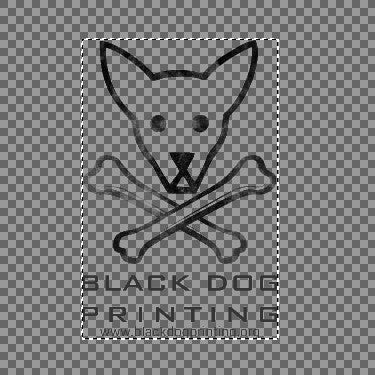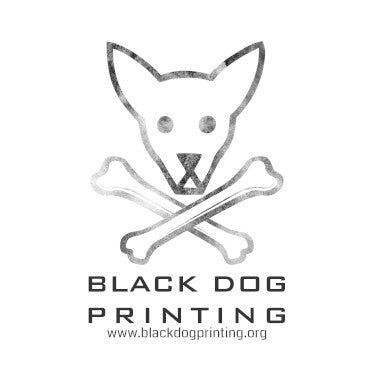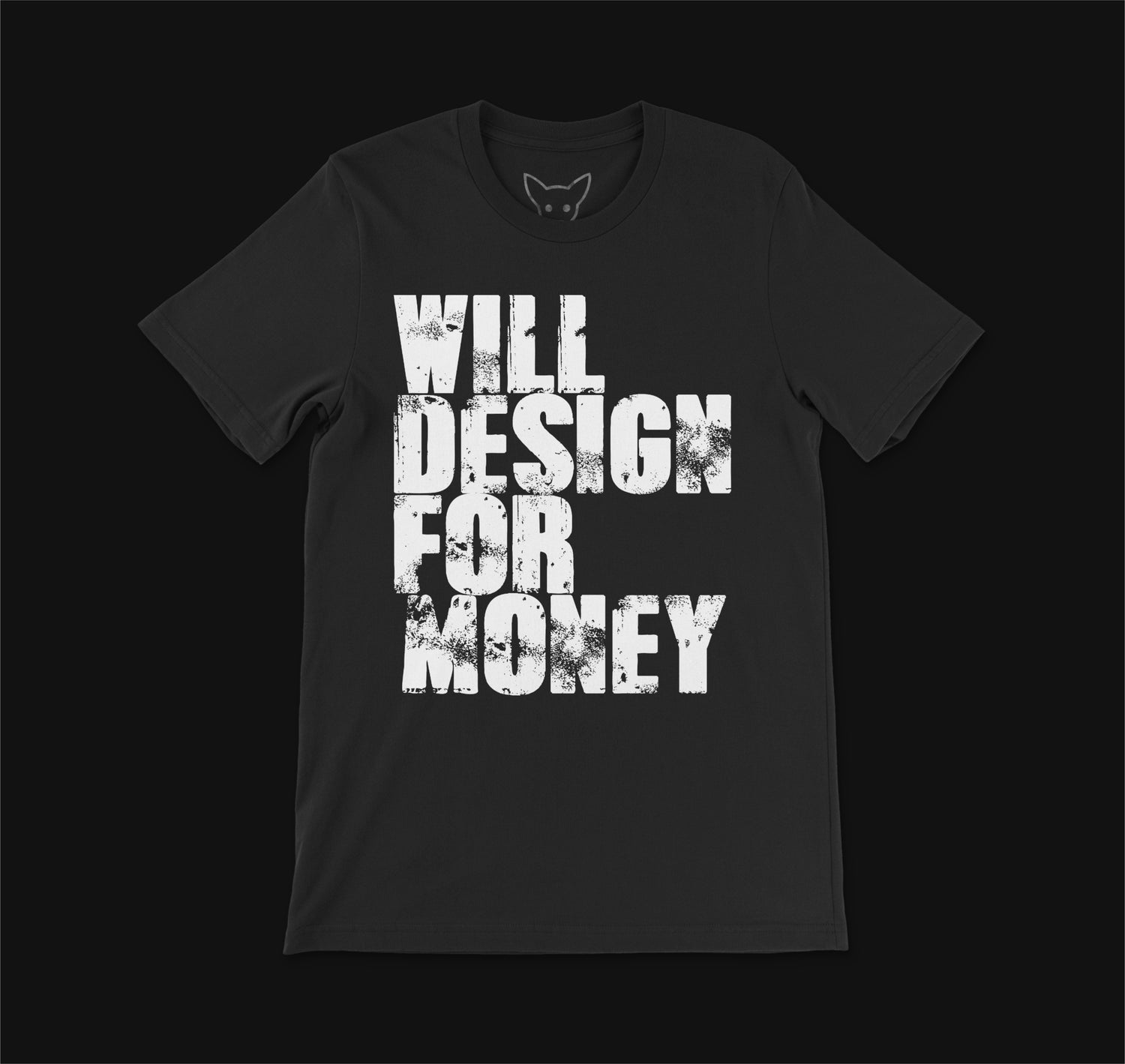Art Work
When preparing artwork for screen printing, vector files stand out as the preferred choice due to their scalability without loss of quality. Vector graphics, often created in formats like EPS or AI, use mathematical equations to define shapes, making them infinitely resizable. This is crucial for screen printing, where the design may need to appear consistently sharp on various-sized surfaces. On the other hand, PNG files, which are raster images, excel in capturing detailed and colorful visuals but must be at a minimum of 300 dots per inch (dpi) to ensure adequate resolution for printing. This high dpi requirement is essential to preserve the clarity and sharpness of the image, preventing pixelation when transferred onto the printing screen. In summary, while vector files ensure adaptability, PNG files at 300 dpi provide the necessary resolution for vibrant and detailed screen-printed artwork.

.PNG
A PNG file is an image format that not only captures clear and colorful pictures but also allows for a see-through background. This transparency feature is like having an invisible background, making it great for screen printing images seamlessly on different materials without any solid color around them.

.JPG
A JPG (Joint Photographic Experts Group) file is like a digital photograph, perfect for capturing detailed and realistic images. However, it's not the ideal choice for screen printing because it doesn't support transparent backgrounds. For screen printing, where you want clean visuals on different materials, PNG is a better option because it allows for that see-through background. So, while JPGs are great for websites and general use, PNGs are preferred for screen printing to avoid any unwanted background color.
Custom Design Work:
Our design rates start at $15 for converting non-print ready files to vector, $30 for basic designs such as text and basic graphics and $60 per hour for advanced graphic design work such as creating your design from the ground up.
PNG files must be at least 300 dpi with a transparent backround or Vector Format. If your file is not 300 dpi, you cannot just increase the resolution of the file. This is called "upsampling" and will result in a blurry image. If you are creating your file in Adobe Illustrator or another Vector-based software, just size your image to the size you want it to print.
Half Tones: Please allow us to halftone the images for you. If we do not control the halftones, we cannot guarantee the quality of the print. We do understand that some designs are complex and will require separation fees, as a client you may be inclined to try to separate or halftone the image yourself to try to keep your cost as low as possible. Unfortunately this does not work. Our computers in the art department are calibrated to set the halftones specifically for the films and screens that we use for printing. Often times if you try to separate or halftone the image yourself it may cause more art charges than you would have originally incurred.
We accept the following File Types:
Corel Draw (.CDR)
Illustrator (.AI)
Vector (.EPS)
Photoshop (.PSD)
PDF
PNG/JPEG
TIFF
We prefer .CDR/.AI or .EPS files first because Vector images can be scaled without affecting quality. We prefer .PSD or .PDF second &.PNG .JPG/.JPEG or .TIFF last.
Size your design:
Your design should be sized to the size it should be printed. If you want your print to be 10" wide, please be sure the actual design within the file is 10" wide, not just the background of your design file.
Convert your text to outlines:
If you are creating your file in Adobe Illustrator, you will need to choose "Create Outlines" on all your text. This allows us to open the file without requiring the font. If not we will need the font TTF file.
Want to save money? Use fewer colors
In order to transform your design into a screen-printed garment, each color requires its own film positive and its own screen. Those cost time and money. To reduce your overall cost, use fewer colors to limit the total number of screens.
Screen printing might be for you if you meet this criteria:
1. You're looking to make a large order of t-shirts at one time
2. Your t-shirt order all would be the same design
3. The t-shirt design doesn't have many different colors in it (the more colors, the more expensive)
DTG Printing
Eco-Friendly Water-Based Inks
Softer feel
Unlimited color usage and greater detailed prints
One-off printing
No setup fees
Silk Screen Printing
Vibrant Opaque Plastisol Ink
Greater Volume Discounts
Best for bulk orders
Wider range of printable fabrics
For any additional help, please feel free to email us at: artdepartment@blackdogprinting.org

Graphic Design
Need help with your art? Let us know in your quote and we can fix that up for you.
